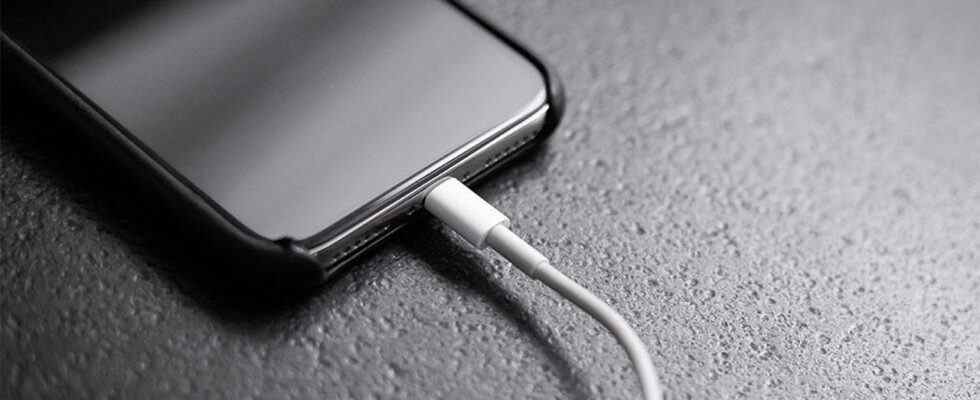As of 2022, almost all flagship smartphones now come with wireless charging support. Although not all of them support high speeds, some brands have been able to rise above the market. So, do 100W wired and 100W wireless chargers really manage to give the same performance?
Do 100W wired and wireless charging give the same performance?
In a test to see how 100W wired and wireless chargers perform compared to each other, it is stated that the Honor Magic 4 Pro device, which supports both, is used. Here, many interesting data were shared, from the full charge time of the device’s battery to the power consumption of the chargers.
During the test, Honor’s 100W SuperCharge cable adapter that comes in its own box and 100W Honor wireless charger model working with 135W adapter is used. In addition, the Honor Magic 4 Pro starts charging when the battery is 0.

When we look at the shared data, we see that both chargers cannot provide 100W power for a long time. While the wireless model only reaches this level for a few seconds, the wired device can go up to 100W for a few minutes. But then both continue to charge the smartphone between 40W and 50W for a long time.
When we look at the charging times, we see that the battery of the Honor Magic 4 Pro, which has a 4,600mAh battery, reaches 25 percent in 5 minutes and 50 percent in 12 minutes. A full charge is completed in 29.5 minutes.

On the wireless side, the device reaches 25 percent in 6.5 minutes and reaches 50 percent in 14.5 minutes. A full charge is completed in 33 minutes. In daily use, the 3.5-minute difference between the two charging methods is negligible, but the back end gets a little more interesting.
For example, when the temperatures of the two devices are measured, it is determined that while it reaches the highest 36 degrees in the wired solution, it rises to 42.2 degrees in the wireless option. A similar situation exists with chargers and adapters.

In addition, the wireless device, which works with a 135W adapter, can output a maximum of 92W, although it draws around 110W from the socket. It is also stated that on average, it transfers a power of 44W to the phone.
On the other hand, in the wired solution, we see that the adapter draws up to 100W from the socket, but transfers 92W of it directly to the cable. But when we look at the average, we see that a stable power of 41W is provided to the phone.

However, it is understood that it is much more inefficient than the wired solution due to reasons such as heat, weather and proximity of the device during wireless charging. So much so that although the power it draws from the socket and transfers to the device is more, the smartphone is charged more efficiently and faster with the wired method.
According to the test results, even if the wireless charger can draw 110W, it can only transfer 85W of it to the phone. Of the 44W it offers on average, only 33W reaches the battery due to losses in between. On the other hand, 88W out of 92W and 39W out of 41W on average reach the battery during wired charging.
For this reason, it is stated that the wireless charger is 24 percent less efficient than its wired competitor. But as we mentioned, there are many factors here, from the positioning of the device to the adapter, phone and air temperature. However, when we look at the charging time of the device at the end of the day, the results are quite close.
What do you think about this subject? Don’t forget to share your views with us in the comments!
